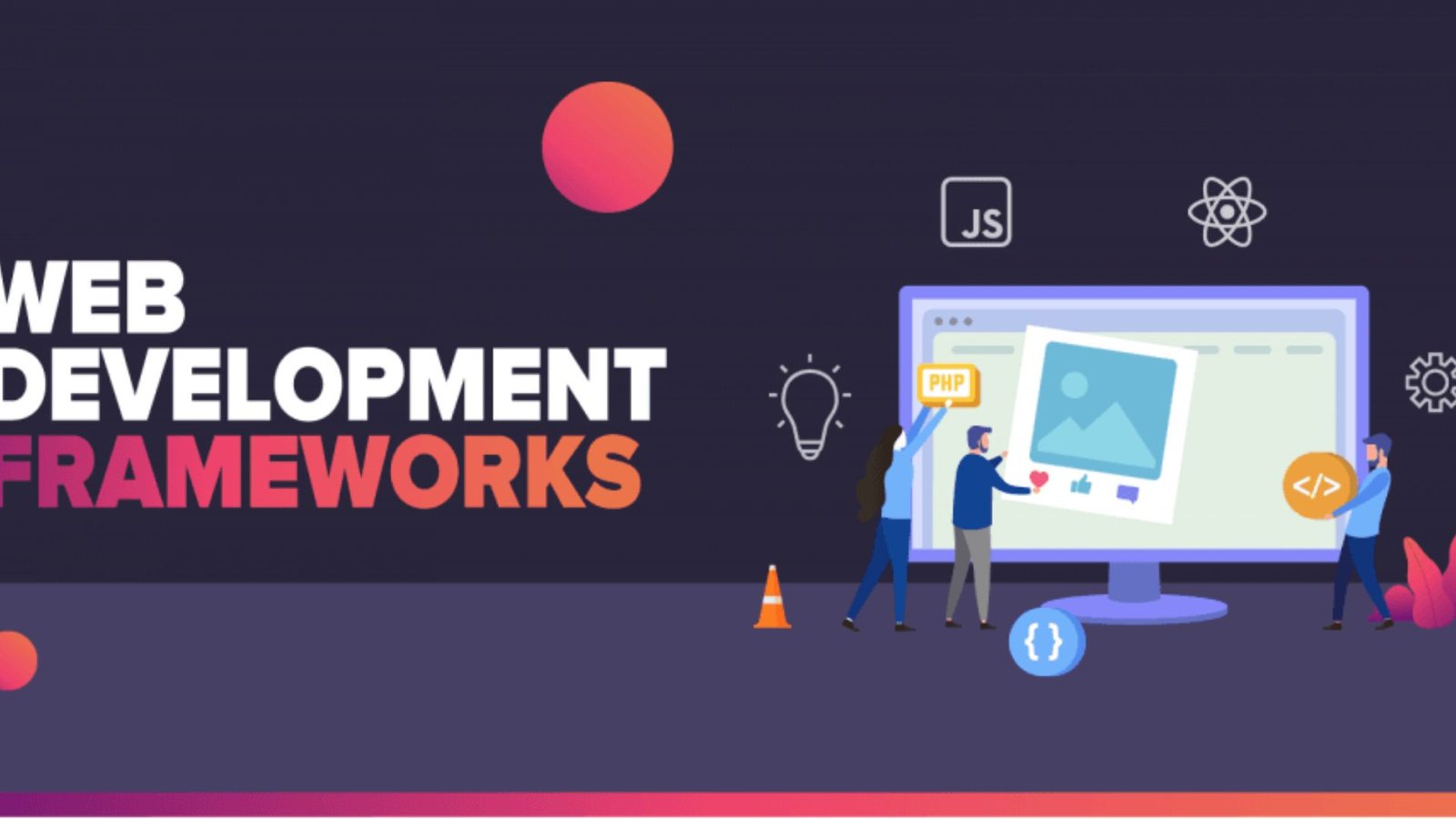Choosing the right web development framework is crucial for any project. A web development framework helps streamline the development process, making it faster and more efficient. In this article, we’ll guide you through essential considerations for selecting the best framework to meet your needs.
1. Understand Your Project Requirements
Before choosing a web development framework, start by understanding the specific requirements of your project. Consider factors like the type of application, expected traffic, and functionality. For example, if you’re building a high-traffic e-commerce site, you might need a framework that supports scalability and robust performance.

2. Evaluate the Framework’s Performance
Performance is a key factor when selecting a web development framework. Different frameworks offer varying levels of speed and efficiency. Look for frameworks known for their performance benefits, such as React for its fast rendering or Django for its efficient handling of large data sets.
3. Check for Scalability
Scalability is essential for future growth. Choose a web development framework that allows your application to scale as needed. Frameworks like Angular and Laravel are designed to handle growth, making them suitable for projects with plans to expand.
4. Assess the Learning Curve
The ease of learning a web development framework is important, especially if your team is new to it. Some frameworks have a steep learning curve, while others are more beginner-friendly. For instance, Vue.js is often praised for its simplicity compared to more complex frameworks like Ember.js.
5. Look at Community Support
A strong community can be a great asset. When selecting a web development framework, check for active community support and a wealth of resources. Frameworks like Ruby on Rails and Laravel benefit from large, active communities that offer tutorials, forums, and third-party tools.
6. Consider Documentation Quality
Good documentation is crucial for successful development. Ensure the development framework you choose has clear, comprehensive documentation. This will help your team troubleshoot issues and learn the framework more effectively.
7. Evaluate Security Features
Security should be a priority. Look for a web development framework that includes built-in security features. Frameworks like Django and Symfony offer robust security measures to protect your application from common vulnerabilities.
8. Review Built-in Tools and Libraries
Many frameworks come with built-in tools and libraries that can speed up development. For instance, Laravel includes an extensive set of libraries for common tasks. Consider which tools and libraries come with the web development framework and how they align with your project needs.
9. Check for Compatibility
Ensure the web development framework you choose is compatible with your existing technologies. Compatibility with databases, APIs, and other systems is crucial for seamless integration and smooth development processes.
10. Assess Development Speed
The speed at which you can develop your application is another important factor. Some frameworks, like Express.js, are known for their minimalistic approach and fast development times. Consider how quickly you need to build and deploy your application.
11. Evaluate Cost and Budget
Consider the cost implications of the development framework. Some frameworks may require paid add-ons or tools, while others are open-source and free. Ensure the framework fits within your budget and doesn’t incur additional hidden costs.
12. Review Case Studies and Examples
Look at case studies and examples of projects built with the development framework. This can give you insights into how well the framework performs in real-world scenarios and whether it’s suitable for your needs.
13. Consider Future Maintenance
Think about the long-term maintenance of your project. Choose a development framework that offers ease of maintenance and updates. Frameworks with regular updates and active maintenance are preferable to ensure your project stays current and secure.
14. Evaluate Customization Options
Flexibility and customization options can greatly affect your project. Check how easily you can customize the development framework to fit your specific requirements. Some frameworks offer extensive customization options, while others may be more rigid.
15. Seek Expert Opinions
Finally, don’t hesitate to seek expert opinions. Consult with developers who have experience with different web development frameworks. Their insights can provide valuable perspectives and help you make a more informed decision.
Conclusion
Choosing the right web development framework involves careful consideration of various factors, including project requirements, performance, scalability, and community support. By evaluating these aspects, you can select a framework that aligns with your project’s needs and ensures successful development.



